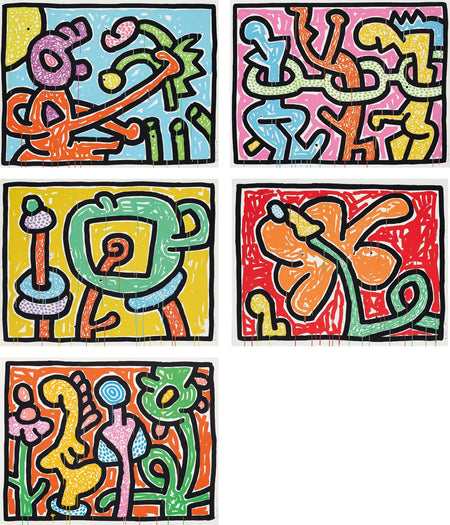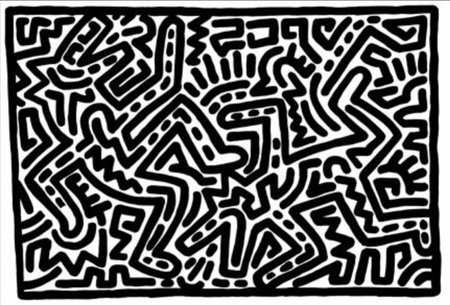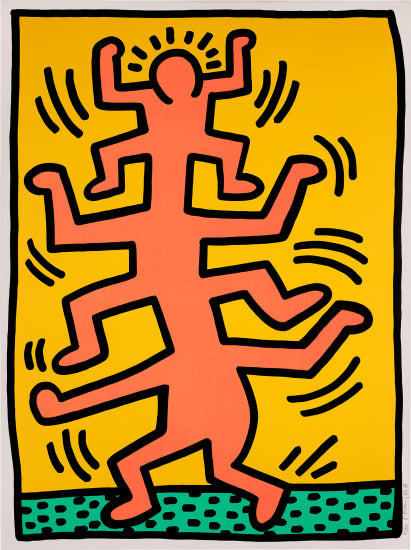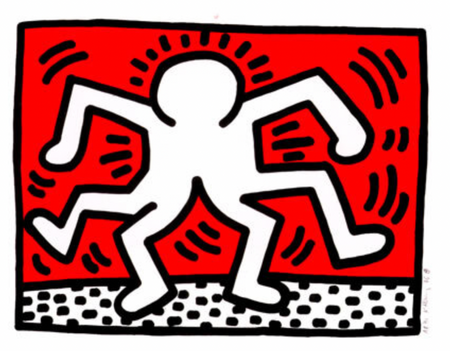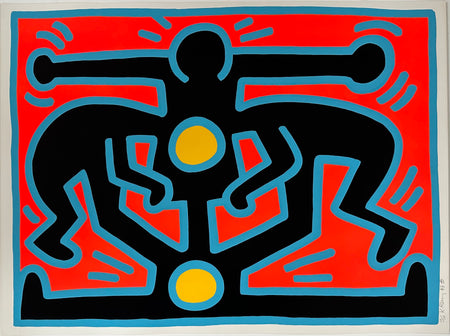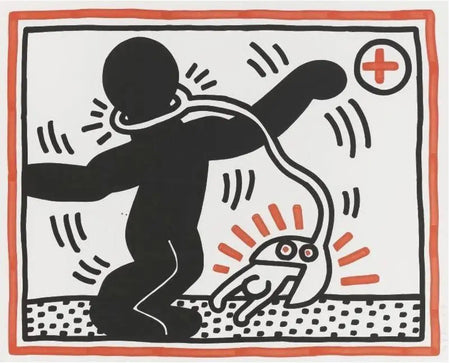Keith Haring
All listed Haring works are Exclusive to End To End Gallery. All inquires, please contact us directly.
Availability
Price
Keith Haring 'Silence = Death, 1989'
$150,000.00
Keith Haring 'Untitled, 1982'
$130,000.00
Keith Haring 'Growing I'
$125,000.00
Keith Haring 'Double Man, 1986'
$120,000.00
Keith Haring 'Growing' (Plate 3)
$85,000.00
Keith Haring 'Growing' (Plate 5)
$85,000.00
Keith Haring 'The King'
$45,000.00
Keith Haring 'Pop Shop I (3), 1987'
$42,000.00
Keith Haring 'Apocalypse 6'
$37,500.00

